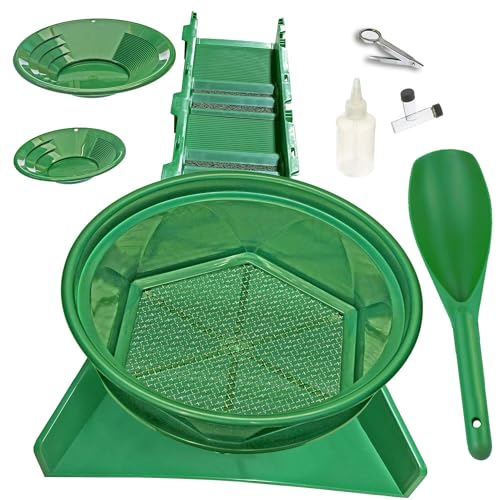Ben78
Ben
- Joined
- Feb 18, 2013
- Messages
- 912
- Reaction score
- 279
What would one do if they wanted to find out the composition of black sand they are digging?
A creek I've been digging has no mines records anywhere in its catchment for gold or other minerals. I've been getting good gold but the black sand is something else - and it is heavy! Starting to wonder what it is and if it is worth keeping.
Has anyone tried to smelt their black sand? Is there a lab you can send it to?
A creek I've been digging has no mines records anywhere in its catchment for gold or other minerals. I've been getting good gold but the black sand is something else - and it is heavy! Starting to wonder what it is and if it is worth keeping.
Has anyone tried to smelt their black sand? Is there a lab you can send it to?















































